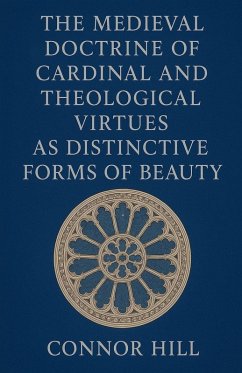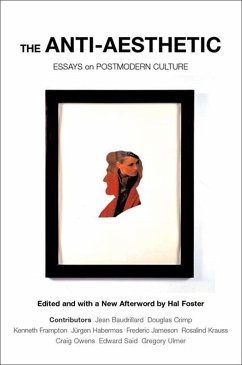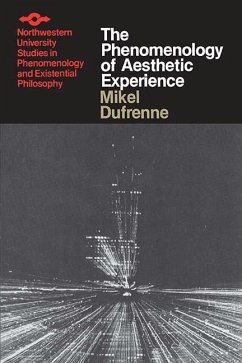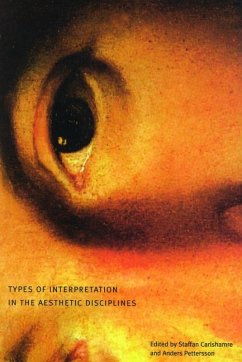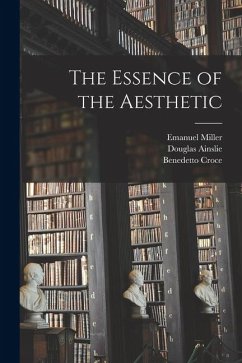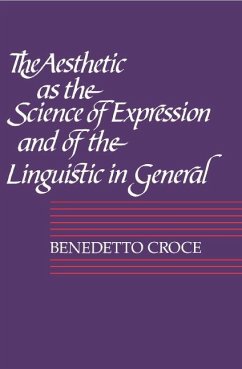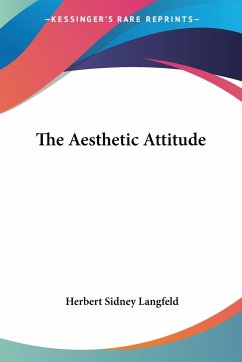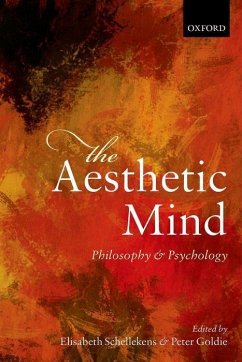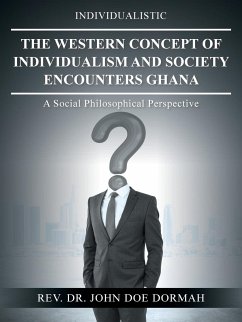
The Aesthetic Philosophical Encounters in Medieval Spain, Sicily, and the Crusader States
Versandkostenfrei!
Versandfertig in 1-2 Wochen
16,99 €
inkl. MwSt.

PAYBACK Punkte
8 °P sammeln!
In the turbulent borderlands of medieval Spain, Sicily, and the Crusader States, three civilizations collided and collaborated, producing a remarkable flowering of aesthetic philosophy that still resonates today. This groundbreaking study reveals how Christians, Muslims, and Jews developed sophisticated approaches to beauty and meaning amid political conflict and cultural exchange. From the glittering mosaics of Palermo's Palatine Chapel to the geometric splendor of the Alhambra, from Jerusalem's sacred architecture to the sensuous gardens of Seville, these frontier societies created artistic ...
In the turbulent borderlands of medieval Spain, Sicily, and the Crusader States, three civilizations collided and collaborated, producing a remarkable flowering of aesthetic philosophy that still resonates today. This groundbreaking study reveals how Christians, Muslims, and Jews developed sophisticated approaches to beauty and meaning amid political conflict and cultural exchange. From the glittering mosaics of Palermo's Palatine Chapel to the geometric splendor of the Alhambra, from Jerusalem's sacred architecture to the sensuous gardens of Seville, these frontier societies created artistic traditions that transformed the medieval world. Drawing on previously untranslated primary sources and newly interpreted archaeological evidence, this book takes readers on a journey through courts where Norman kings commissioned Arab mathematicians, Spanish monasteries where Muslim craftsmanship adorned Christian worship spaces, and Crusader cities where European pilgrims marveled at Eastern luxury. We meet Ibn Jubayr, the Muslim traveler who grudgingly admired Christian Sicily's beauty; Frederick II, the multilingual emperor whose cosmopolitan court blended science and art; and Jewish poets whose verses sang of divine splendor in Arabic-influenced meters. Beyond merely documenting cultural borrowing, this study reveals the sophisticated philosophical frameworks medieval people developed for appreciating beauty across religious boundaries while maintaining their distinct identities. These weren't simplistic "melting pots" but complex societies where aesthetic appreciation coexisted with political competition and religious difference. Their nuanced approaches to cross-cultural engagement offer valuable perspectives for our own diverse world, demonstrating how beauty can be recognized across boundaries without erasing the distinctiveness that makes each tradition unique. The Aesthetic Philosophical Encounters in Medieval Spain, Sicily, and the Crusader States challenges both romantic myths of perfect harmony and dark narratives of inevitable conflict. Instead, it presents a compelling portrait of societies navigating difference through sophisticated intellectual and artistic engagement-societies that discovered how aesthetic experience could create bridges when theology built walls. This isn't just a story of the past but a vital resource for understanding how human cultures can engage meaningfully with difference through the shared appreciation of beauty.



